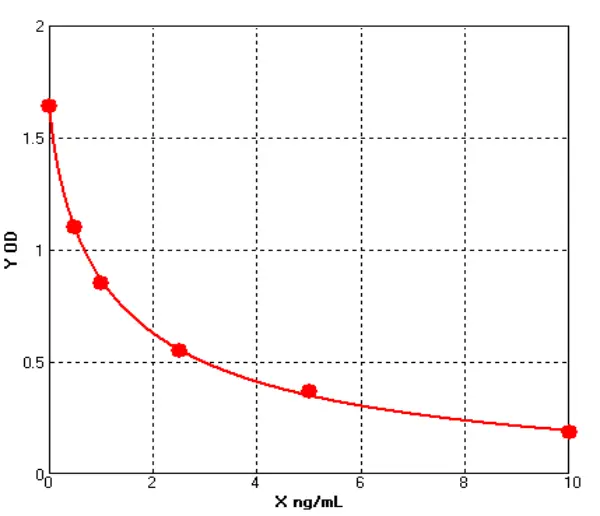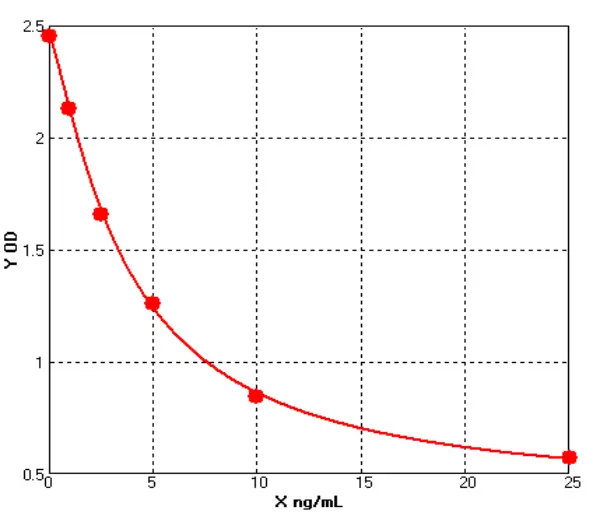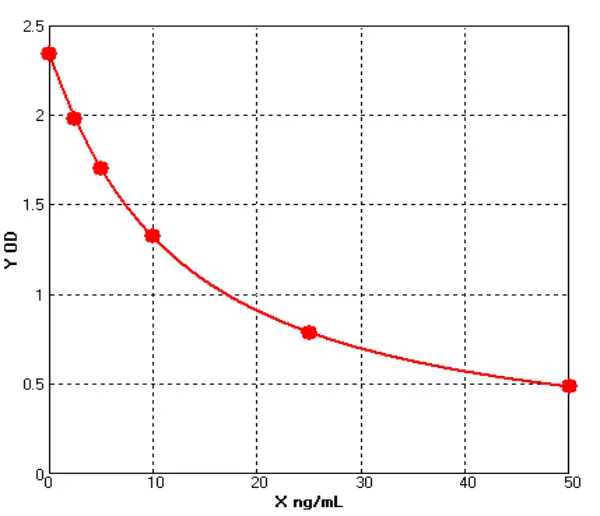Epinephrine ELISA: Sensitive and Reliable Quantification of Epinephrine
Principle of the Epinephrine ELISA
The Epinephrine ELISA can be used for the in vitro quantitative detection of epinephrine in human plasma and urine. The Epinephrine ELISA utilizes a sandwich method principle. A goat anti-rabbit antibody is coated on the microplate. The liquid antibody added later binds to one epitope of the antigen molecule, while the antigen molecule can bind to the solid-phase antibody during incubation. The antigen in the sample is incubated with the enzyme-labeled secondary antibody in the microplate. This enzyme-labeled secondary antibody binds to another distinct epitope on the antigen molecule. After adding the substrate solution, the intensity of the color displayed is proportional to the amount of antigen in the sample. The results of the sample can be directly read from the standard curve.
Equipment Required for the Epinephrine ELISA
Pipettes (10 μL, 10-100 μL, 100-1000 μL).
Orbital shaker (200-900 rpm).
Vortex mixer.
8-channel pipette with reservoir.
Washing bottle, automatic or semi-automatic coating plate cleaning system.
Microplate reader.
Distilled or deionized water.
Absorbent paper, sample tips, timer.
Sample dilution tubes.
0.1M HCl (for urine sample dilution).
Epinephrine ELISA:Storage and Stability
The Epinephrine ELISA kit (quantitative) should be stored and transported at 2-8°C, avoiding heat sources or direct sunlight. The storage stability of the samples and preparation of reagents will be discussed in the relevant sections. Once opened, the Epinephrine ELISA remains stable within the expiration date, provided it is sealed in a bag and stored at 2-8°C.
Bluegene Biotech's Epinephrine ELISA uses enzyme-linked immunosorbent assay (ELISA) technology with the sandwich method for the quantitative detection of epinephrine levels in samples. The Epinephrine ELISA offers high sensitivity and specificity, is easy to operate, and ensures quality control and strong adaptability. It is suitable for various sample types, including serum and plasma, and helps researchers and healthcare professionals perform efficient and accurate epinephrine detection, promoting the research and clinical application of related diseases.



